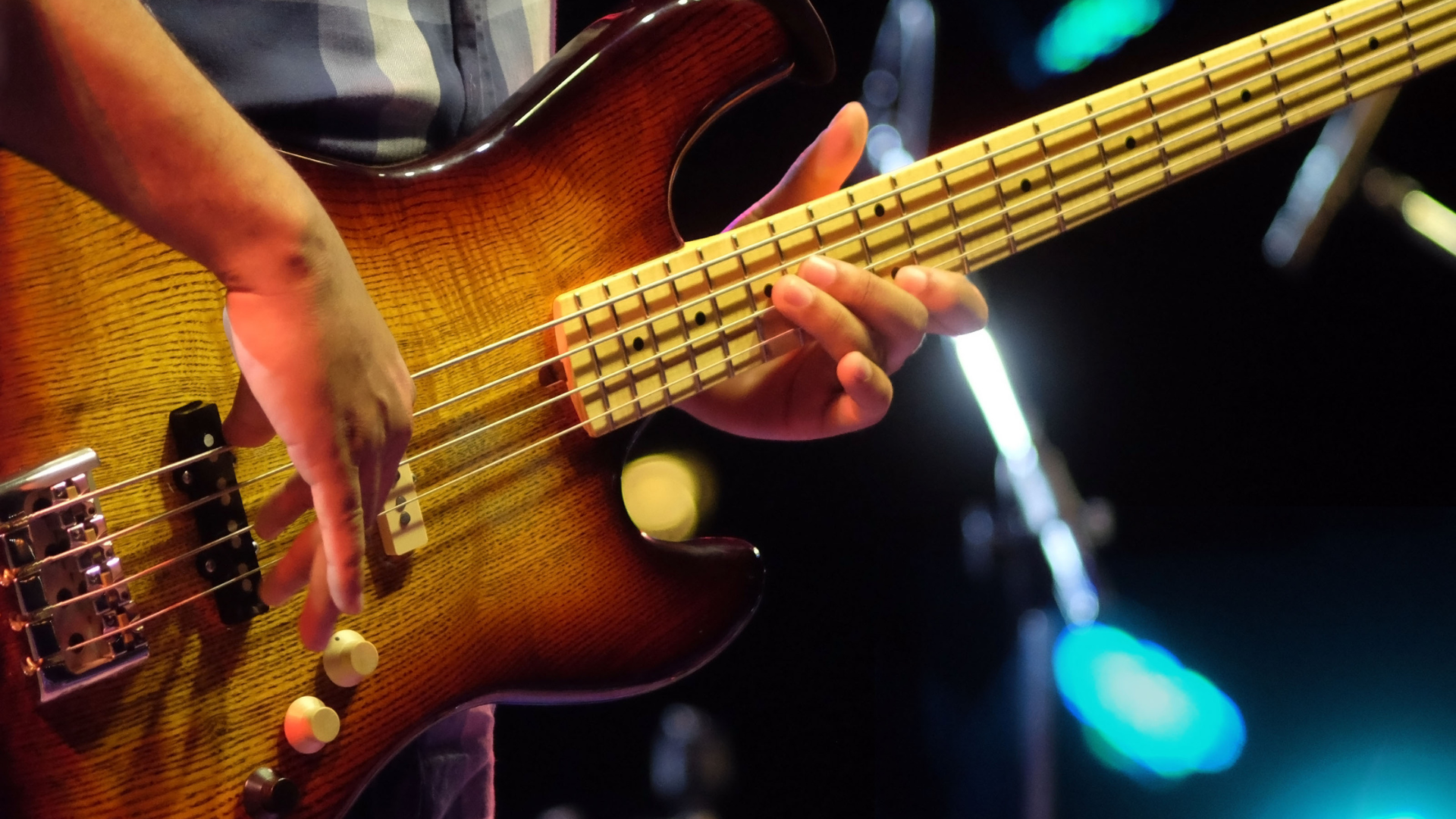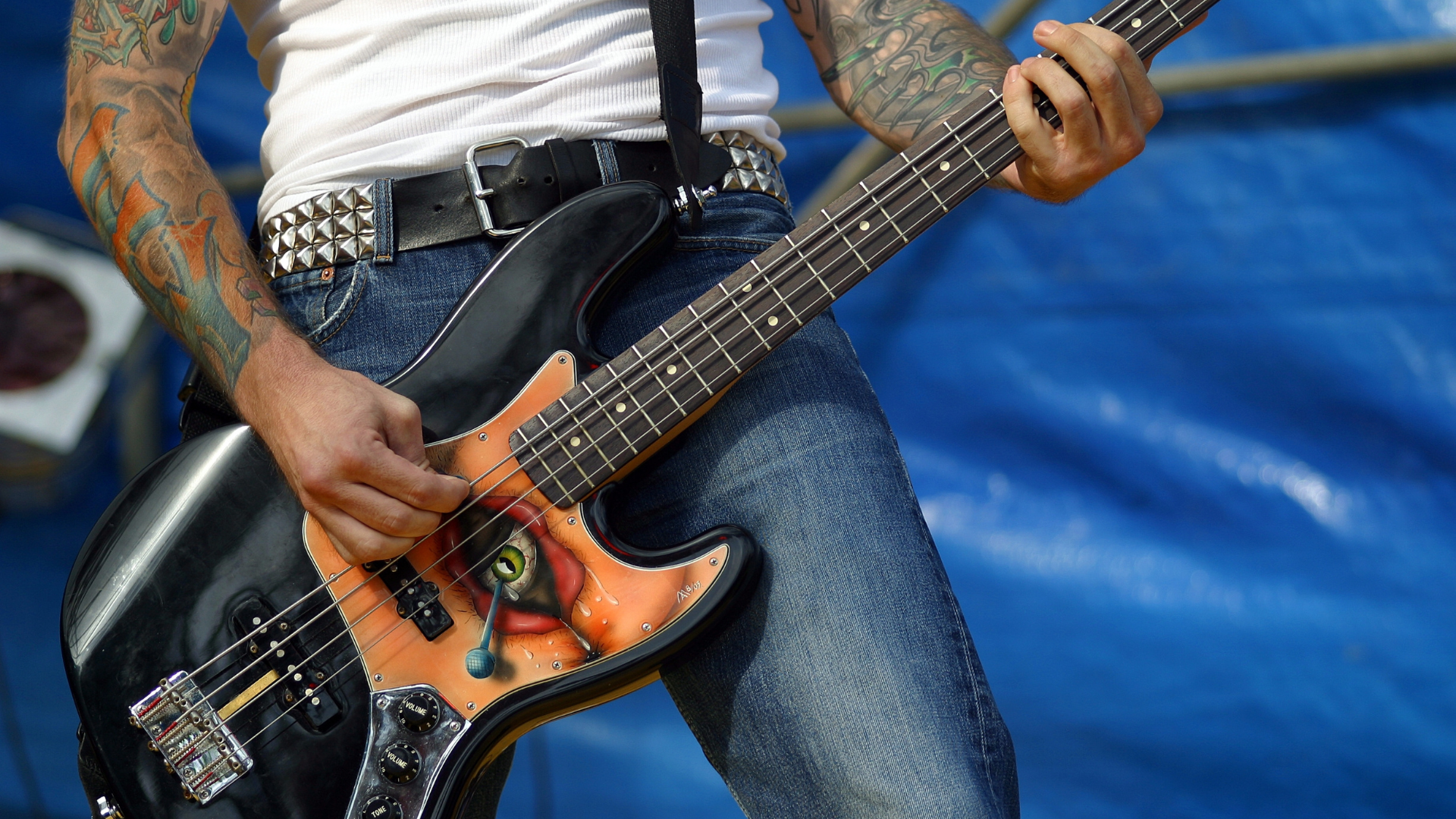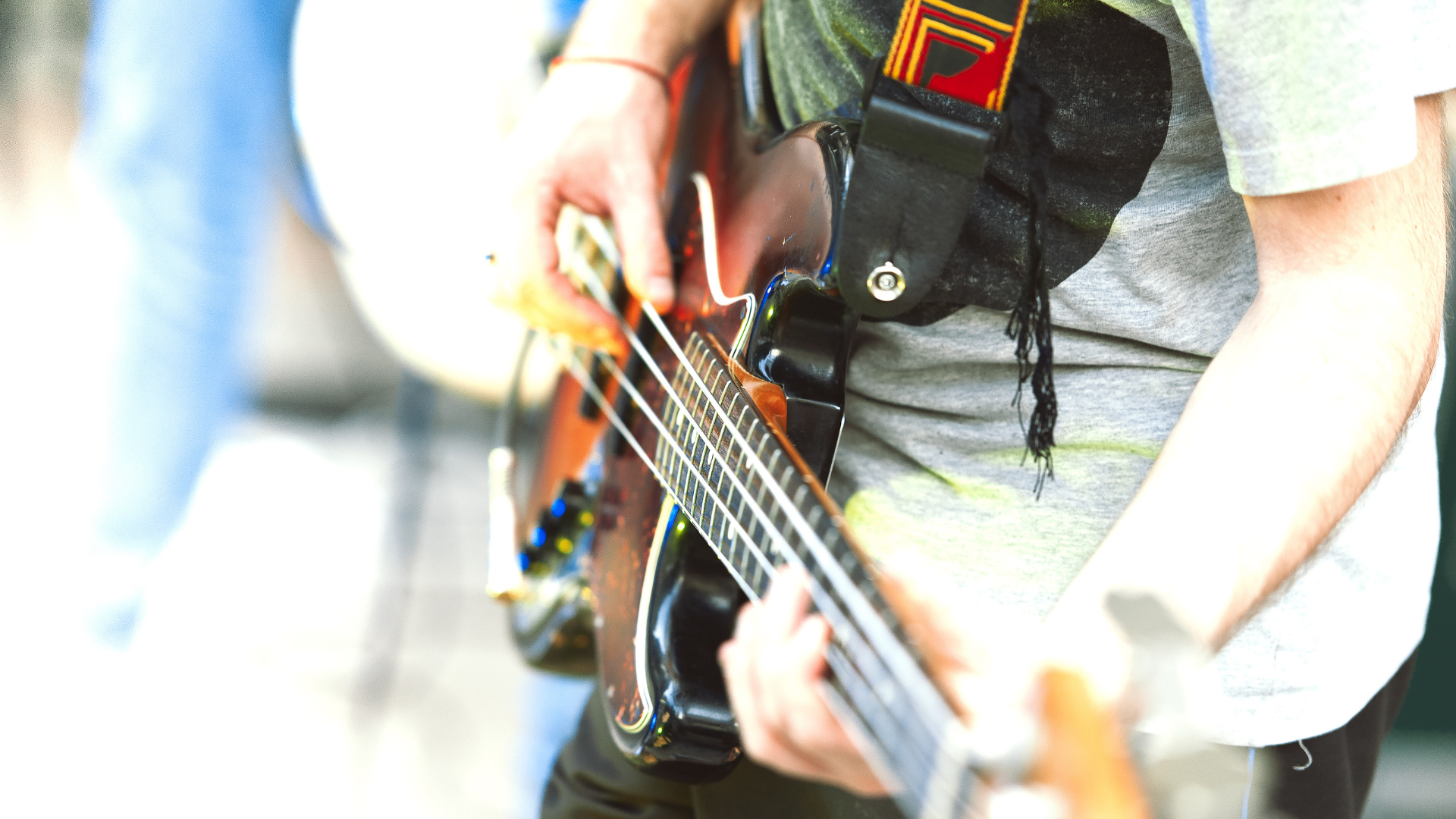Beginner Bass Scales: The Essential Guide
Learning scales is one of the best ways to improve your bass playing. Scales help you navigate the fretboard, create basslines, and understand music theory. This guide covers the essential beginner bass scales and how to practice them!
1. Why Learn Bass Scales?
- 🎯 Helps you create basslines – Scales give you a foundation for writing and improvising.
- 🎯 Improves finger strength & dexterity – Playing scales builds muscle memory.
- 🎯 Boosts your knowledge of the fretboard – No more getting lost!
- 🎯 Makes playing with other musicians easier – You’ll understand key signatures and chord progressions.
2. How to Read Scale Diagrams
A bass scale diagram shows the notes on the fretboard:
- Dots represent where to place your fingers.
- Numbers indicate which finger to use (1 = index, 2 = middle, etc.).
- The root note (●) is the main note of the scale.
3. Essential Bass Scales for Beginners
A. The Major Scale (Happy & Melodic Sound) 🎶
The major scale is the foundation of most Western music. If you only learn one scale, start here!
📌 Pattern (Starting on the 3rd fret of the A string – C Major Scale):
G|------------------2-4-5-| D|------------2-3-5-------| A|------3-5-7-------------| E|3-5-7-------------------|
🔥 Why Learn It?
- ✅ Helps you understand key signatures.
- ✅ Used in pop, rock, jazz, funk, and more
B. The Minor Scale (Darker, Sadder Sound) 🎵
The minor scale is commonly used in rock, blues, and metal.
📌 Pattern (A Minor Scale – 5th fret on E string):
G|------------------4-5-|
D|------------3-5-------|
A|------3-5-7-----------|
E|5-7-8-----------------|🔥 Why Learn It?
- ✅ Used in blues, rock, metal, and funk.
- ✅ Helps create moody and expressive basslines.
C. The Minor Pentatonic Scale (Blues & Rock Essential) 🎸
The minor pentatonic scale is a stripped-down version of the minor scale, used in rock, blues, and funk.
📌 Pattern (A Minor Pentatonic – 5th fret on E string):
G|--------------5-7-|
D|----------5-7-----|
A|------5-7---------|
E|5-8---------------|🔥 Why Learn It?
- ✅ The easiest scale to jam and improvise with.
- ✅ Used by bass legends like Flea, John Paul Jones, and Geezer Butler
D. The Blues Scale (For Groovy Basslines) 🎶
The blues scale adds one extra note (a “blue note”) to the pentatonic scale for a more expressive feel.
📌 Pattern (A Blues Scale – 5th fret on E string):
G|----------------5-7-|
D|------------5-7-----|
A|------5-6-7---------|
E|5-8-----------------|🔥 Why Learn It?
- ✅ Used in blues, rock, jazz, and funk.
- ✅ Perfect for groovy walking bass lines.
E. The Major Pentatonic Scale (Great for Funk & Pop) 🎵
The major pentatonic scale has a bright, happy sound and is used in funk, pop, and Motown-style basslines.
📌 Pattern (C Major Pentatonic – 3rd fret on A string):
G|--------------2-4-|
D|----------2-5-----|
A|------3-5---------|
E|3-5---------------|🔥 Why Learn It?
- ✅ Gives you a smooth, melodic feel for basslines.
- ✅ Used in funk, country, and pop.
4. How to Practice Scales Effectively
- ✅ Start slow – Use a metronome at 60 BPM and gradually speed up.
- ✅ Play in different keys – Try moving scale patterns to different frets.
- ✅ Use alternate plucking – Play with both your index and middle fingers.
- ✅ Apply scales to real music – Try playing them along with backing tracks.
5. Next Steps: Apply Scales to Your Playing
- 🎸 Practice Basslines: Use scales to build simple grooves.
- 🎸 Jam with a Backing Track: Try improvising with the pentatonic scale.
💬 Which scale are you working on? Drop a comment below and let’s talk bass! 🎸🔥



